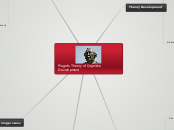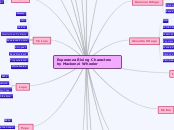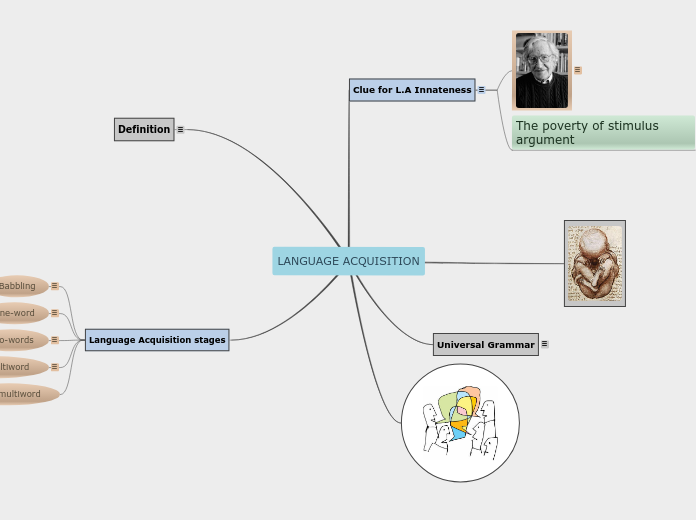theory of mind
Factors relevant measuring
Behaviour and Talk
Woolfe
Early signing in deaf better than late signing
sugg: language enances tom
language
Can you give me some
14m: not 18 m: yes
sugg early uderstanding of desire
Wellmann
3 vs. 5 more investigating mental state terms
sugg: understanding of othres desiers comes before beliefs
cognitve
intentions
Meltzoff
18 m complete task of failing human but not machine
sugg. early understanind by children learn that humas have pychological states like intentions but machines don't
understanding others intentions
joint attention
Charman
joint attention better predictior of TOM vs. pretend play or imitation
sugg. more successfull: communication about mental states not objects
Envrionment
siblings, mothres
Others
mind mindedness, age, interaction with adutlts
no of siblings, and language ability
sugg. language helps to decenter and think about the mind
suggestive generlly of social interaction important for dev of TOM + vigotsky
Implications of TOM
(-social advantages and manipulation of others)
Enhanced social interation
Bad
Sutton et al
Bullies better TOM vs. victims
Good
Askington
b) Longditud: TOM predictor of Joint proposal
a) joint proposal corr- with TOM
Dev & Findings
(TOM at 4) + TOM + TOOM
2nd order at 7
Second order TOM
Sullyvan et al
- done a good job finishing peas
- done a good job cleaning room
sugg: joke and lie are differentiated but requires understanding knowledge or ignorance of facts not of their beliefs
second order false belief develops at about 7
helps undertanding where others beliefs come from
Deceptive Box test
Gopnik
What did you think was in the box
children < 4 said pencils
parallel TOM and TOOM
Avis+Harris
Simmilar findings with BAKA tribe
Maxi task
Wimmer & Perner
>3 not successfull 4-5 50% 6-9 100%
sugg: start at 4y
Sally / Anne task
x secretly changing the location while y left the room.
indication of understanding of s.o holdinga a false belief
Historical / Now
-TOM sooner than P.
Premack&Woodruff
Dennet thouht this is not proof
Chimpaznzees have TOM
but could only be assotiation
Donalson: believes P findings due to
cognitive factors i.e. understanding language
Hughes: 90% of children 3-5 could hide the doll from the policeman
Piaget
Three mountains task:
construct display from dolls point of view
P thought children could only change pespective at around 7
TOM similar to concept egocentrism









